Surf Parks and Sustainability: Why on-site food production is the next big thing
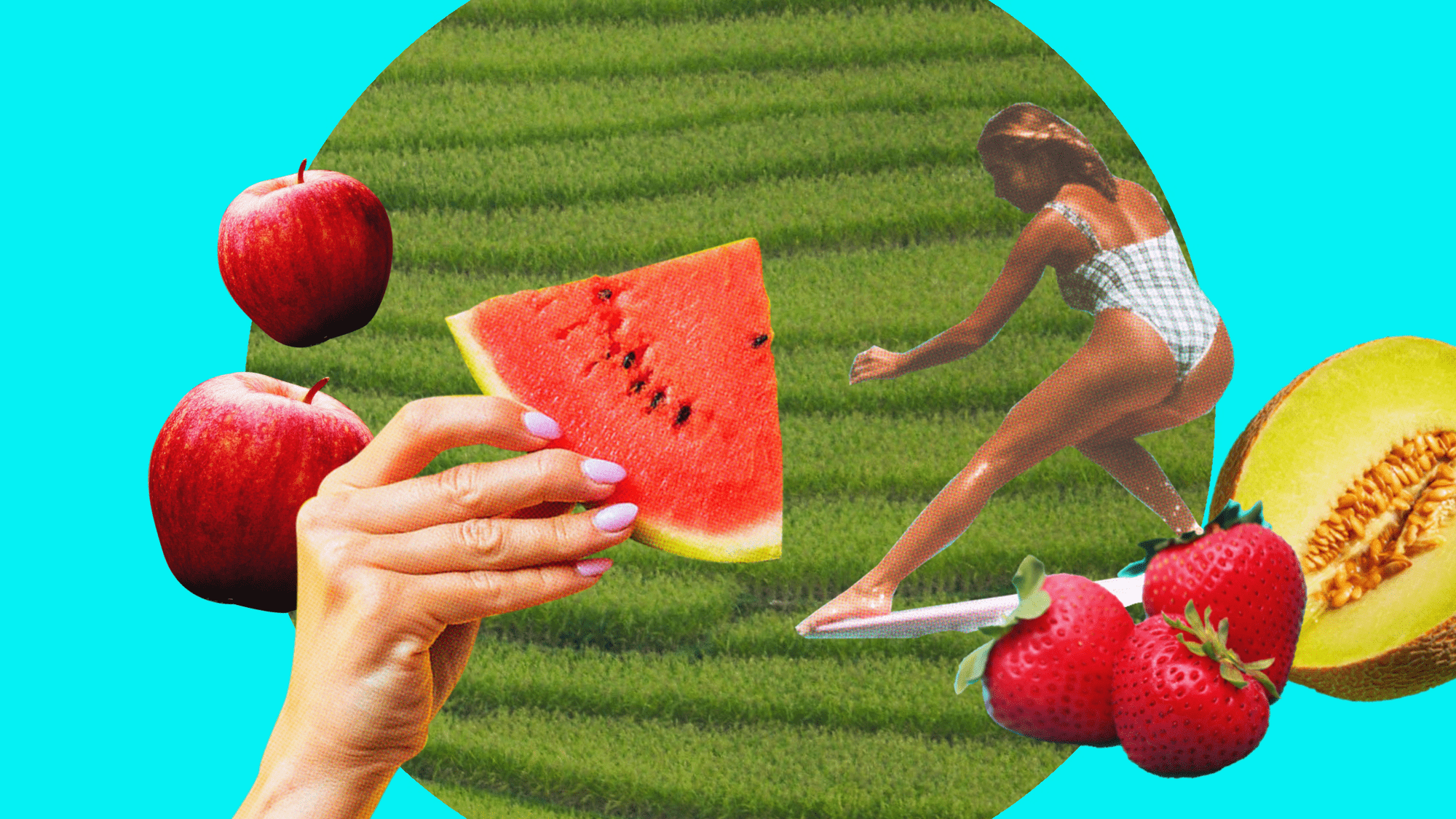
As more wave pools pop up around the globe we are seeing a wide range of business models, all tied in some form to sustainability. While some parks have fashioned a tighter knot than others, the goal here at WavePoolMag is not to greenshame, but to open the discussion of what is possible in the wave park space as we move into the future. This Op-Ed by Crystal Hilsley from two years ago explores on-site food production and the many ways it can help a surf park uphold the surf ethos.
Sustainable On-Site Food Production
There are multiple ways to incorporate sustainable practices into your surf park facility and surrounding property – things such as repurposed concrete, solar panels, recyclable or compostable F&B supplies and many others are all fabulous examples. But also consider on-site food production.
This can be seen and created in a variety of ways and is much easier than you might be thinking right now. Imagine (as a visitor), you step onto a property with your surfboard and grab an apple right off a tree as you walk the path up to the surf pool, enjoying it as you wait for your session to begin. After your session you stop by the garden area and pick which lettuce mixes and vegetables you want the chef to use in your custom dish as your recovery meal to replenish your protein stores.
In that short trip, you as a site owner have created a reduction in greenhouse gas emissions, captured a 60-second reel for your audience, improved your brand equity, shown the world what sustainability looks like, and reduced road traffic all in one.
Creating clean, healthy dishes from an onsite garden not only elevates the brand but also creates an additional income and revenue stream by developing programming to allow for interactions and education on edible areas in and around the property.
Let’s sidestep and look at why this is important from a sustainability-driven perspective first. Agriculture production is one of if not the number one emission producers globally. Food companies are well aware that the majority of emissions embedded in their products come from agriculture production. These include on-farm emissions linked to the use of diesel fuel-powered machinery, farm management practices such as applications of synthetic fertilizers, soil cultivation, no diversity in crop rotation, and one of the biggest methane emission producers which have now been seen from space: cow burps.
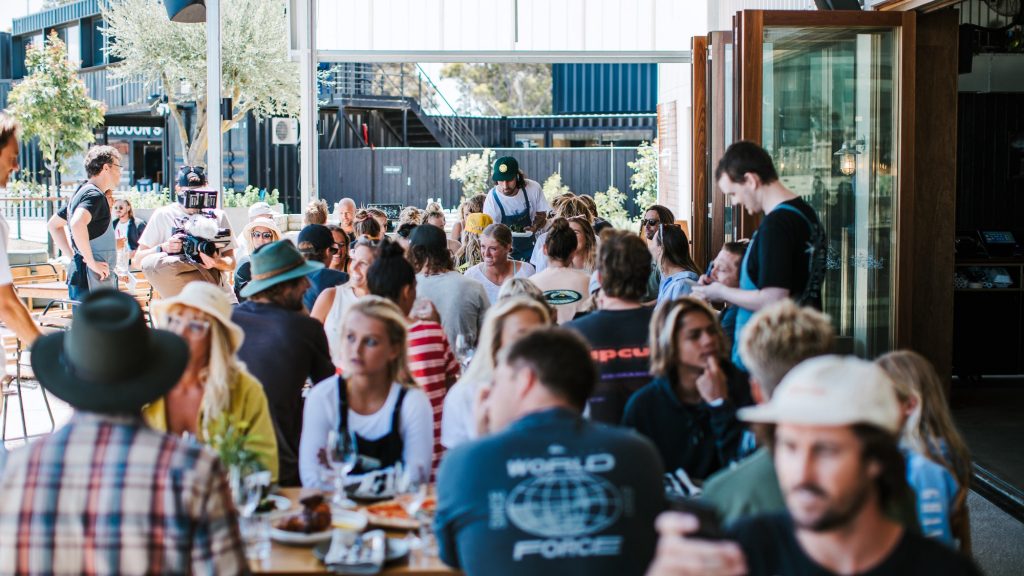
Following the Food Supply Chain
Each step after the agriculture production which is already environmentally prohibitive (unless you are procuring from a local, organic farm) is adding to greenhouse gas emissions, traffic congestion, and plastic use to name only a few.
To be direct and simple (because everyone likes that) growing your own onsite food measurably reduces the need to participate in the supply chain at all times. To be clear, I’m not suggesting you need to explore building a regenerative farm on-site next to your surf pool. Unless you really want to! Could you replace some ornamental landscaping with edible options? Of course. Is it easy to take just a half acre if that’s all you’ve got and grow enough food to have a handful of seasonal menu items at your on-site farm-to-table restaurant? Absolutely, yes. Will this effort reduce your greenhouse emissions? Without question. Would this lend to your commitment of supporting the planet, and showcase your alliance with wellness and sustainable tourism? Another big yes.
We have always had the aspiration to be able to produce food on our site, that can be cooked in our kitchens and enjoyed by our visitors. Our masterplan for Bristol has space set aside for kitchen gardens and it is still very much part of our development plans for the future. On a smaller scale, we have installed our beehives this year and just had out first honey harvest – and this will be available to buy from our shop this Christmas!
– Nick Hounsfield, The Wave
Further, the statement it makes is that you align with health and wellness goals for your guests, you care about the planet, and you are participating in the UN Sustainability Development Goals to support the future of our planet. Whatever size plot you choose for your garden, and what we are able to grow is unique to your project in every way. The possibilities to create programming around it and keep your guests engaged with your property are abundant.
The demand for fresh, local, and sustainable food has created a trend over the last five years and has caught the attention of hotels and resorts around the world. The term “eco-hospitality” aims to minimize the industry’s impact on the community and environment. Hospitality decision-makers are seeing that adding in various vegetable and herb gardens to showcase on their menu as well as encouraging more engagement from hotel guests increases brand equity and profits.
A great example is seen in San Diego, California at the Rancho Bernardo Inn. This one-acre plot produces seasonal items used on their daily menu. The entire resort is quite proud of the garden, and the guests and visitors give amazing reviews frequently.
Probably my favorite and a prime example is Flora Farms. Located in Cabo, Mexico, this internationally recognized organic Field to Table resort showcases agritourism possibilities at their finest. Utilizing no-till farming practices for over 100 varieties of vegetables and herbs, the resort has won awards for its educational and fun activities, farm-to-table restaurant, an amazing spa, and private outdoor areas for events.
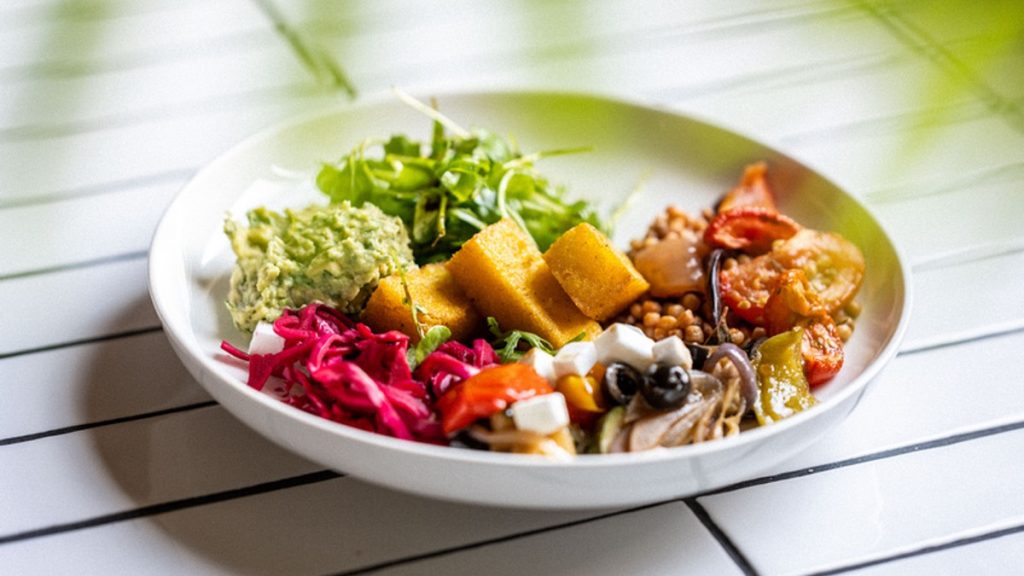
Where do you start?
Each project is unique and some of the things we take into consideration when we are in the Assessment and Discovery phase include:
Grow Zone
Soil Type
Sunlight in the growing area
Access to water
How many people we are aiming to feed
What we want to grow
Depending upon the nature of the soil, terrain, location, and availability of moisture the realistic (and statistical) amount of food you could grow on only one acre is about 60,000 pounds annually. I know that sounds like a lot, and it is considering one person eats about seven pounds of fresh fruit and vegetables in a day.
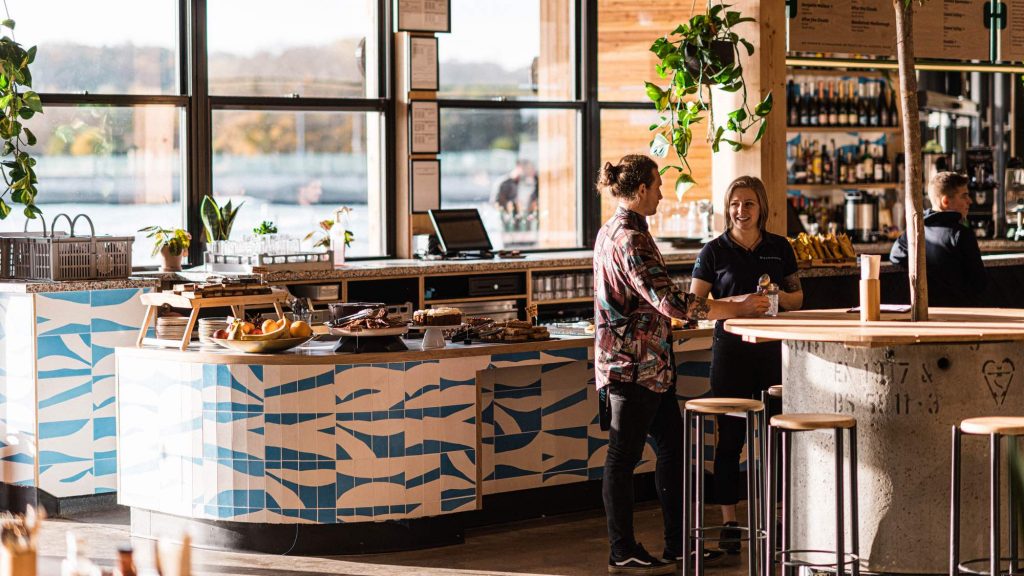
Permaculture is Sustainability
The basics of permaculture are that all elements within a system interact with each other and are multifunctional. It uses energy practically and efficiently, working with renewable energy in concert with natural resources and it utilizes and shapes after natural processes and cycles. This all sounds in alignment with the thesis and function of a wave pool, doesn’t it?
Permaculture has quickly become one of the fastest-growing global grassroots movements [6] It was first coined as a term in the ‘70s in Australia by a group who were concerned with the world’s growing environmental problems. It asks the first and most simple question when planning and designing a project: “How can we be in concert with nature as we interact with the world”?
While this question as it relates to design most frequently is related to how we grow food, these principles are used everywhere from rural farms to urban city planning, and from individual households to large commercial production.
The consideration of integrating permaculture principles into how we design and build our projects and within the ways we interact with them, we can produce and recycle much of what we need. Examples of this include alternative energy sources such as solar, capturing and recycling rainwater, implementing recycling systems, and on-site composting.
In the development of on-site food production, we aim to utilize permaculture principles as a means to follow the purpose of growing: to have fresh and nutrient-dense food, reduce environmental impacts related to production, and leave the earth better than we found it.
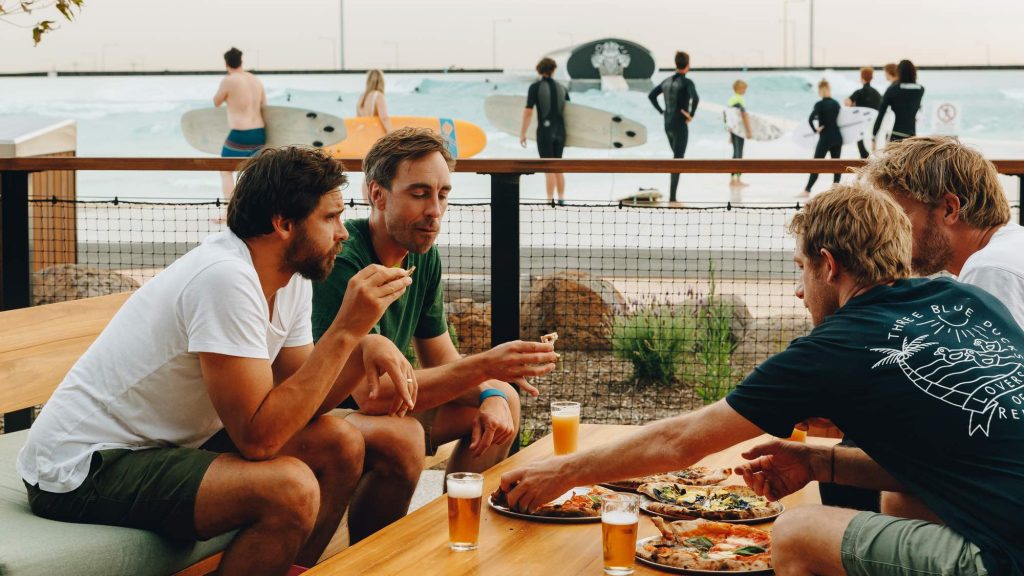
Green Roofs
Also known as Rooftop Garden or Living Roof is simply a vegetative layer grown on a rooftop. They are not only eye-catching and pretty to look at but they also have many benefits that support the sustainability focus.
The National Research Council of Canada conducted a study and found that even a six-inch extensive green roof can reduce summer energy demands by more than 75 percent and the byproduct of lowering air conditioning demands also decreases the production of associated air pollution and greenhouse gas emissions.
It has been found that green roof temperatures can be 30-40 degrees F lower than those of conventional roofs and can reduce city-wide ambient temperatures by up to 5 degrees F. The list of benefits goes on to include: energy cost savings, avoided emissions and reduced stormwater fees.
Researchers at Lawrence Berkeley National Laboratory conducted a cost analysis of green roofs, cool roofs and conventional roofs. The results showed that while green roofs can be more expensive to install they provide significantly higher relative benefits per square foot over a 50-year life cycle.
The list of cities that have established incentive programs, policies, ordinances, and guidelines to promote green building design and construction gets longer every year, giving your team additional resources to support your case and development plans.
While there are many green building options to consider and weigh up in the planning phase, as stated, the focus of this article is to invoke thoughts towards sustainability. Further, this article showcases how on-site food production can, among other benefits, support your alliance with Sustainability Development Goals, contribute to lowering greenhouse emissions, increase brand equity, and inspire endless storytelling opportunities in alignment with the ethos of surf culture.
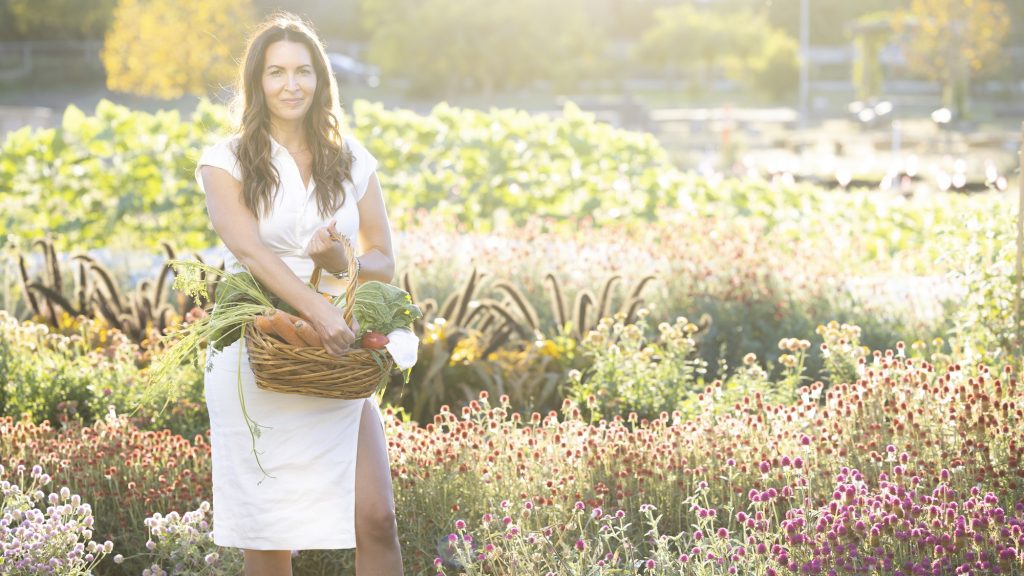
About the Author: Crystal Hilsley founder of CCNG.dev, is a Modern Farmer, Certified in Sustainable Agriculture, Corporate Development Expert, Published Author, Storyteller, and Sustainability Advocate
Related Coverage
